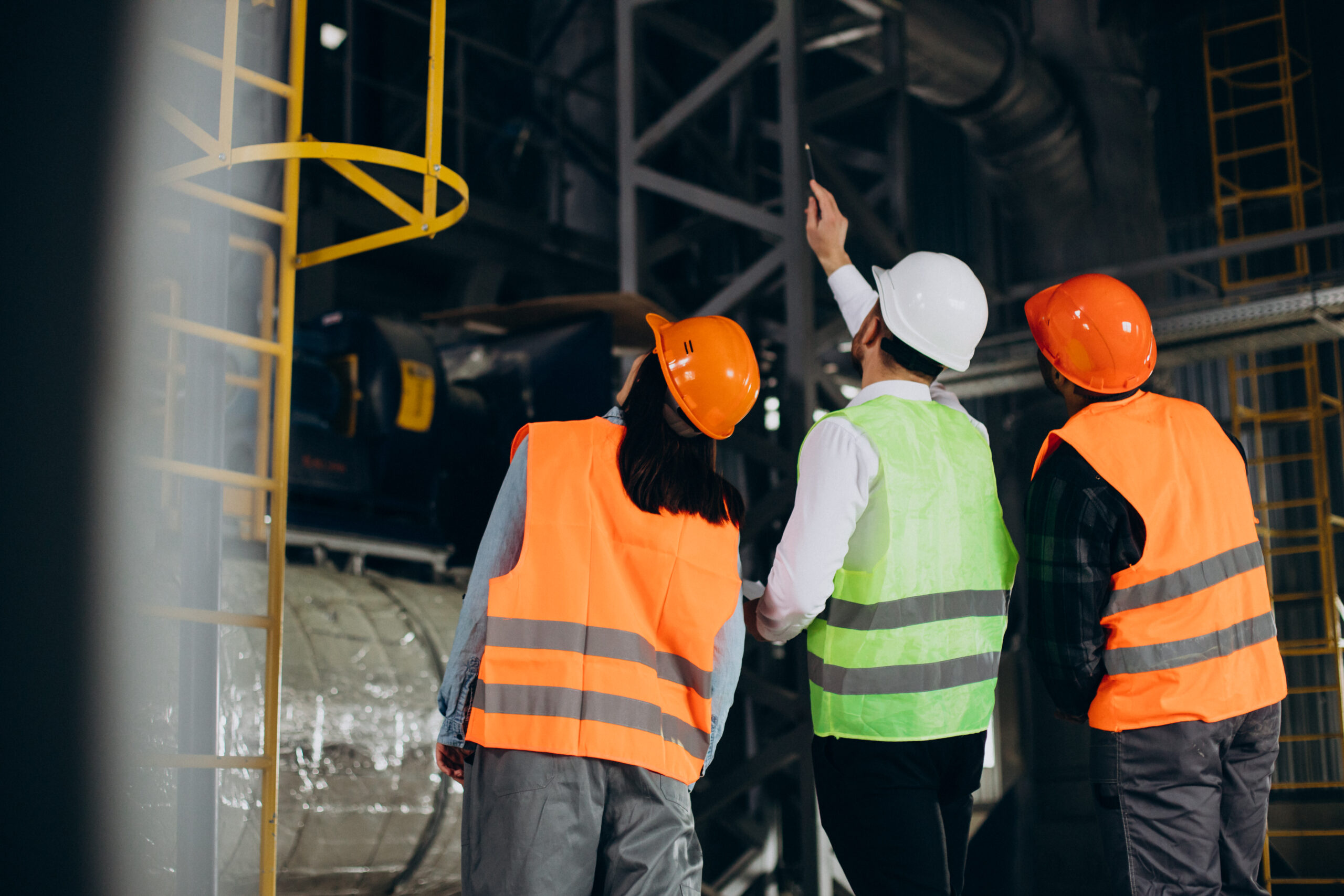
Source: senivpetro/Freepik
Ensuring the safety of workers is vital in product manufacturing. While several factors contribute to a safe working environment, one crucial aspect is often overlooked: regular equipment maintenance. Proper maintenance practices play an essential role in preventing accidents, equipment failures, and potential workplace hazards while promoting smoother operations.
This article delves into the importance of regular equipment inspections and maintenance and understands how it can help manufacturers achieve safe and smooth manufacturing operations.
Preventing Accidents and Mishaps
Regular equipment maintenance acts as a protective shield against accidents and mishaps in manufacturing facilities. Let’s consider an example of a conveyor belt used in a factory. If the conveyor belt is not adequately maintained, worn-out sections or loose components could develop, increasing the risk of sudden breakdowns. In such a scenario, workers operating nearby could risk getting injured. However, routine maintenance can detect and address potential issues like worn-out belts or loose bolts before they escalate into hazardous situations, ensuring a safe working environment for all employees.
Extending Equipment Lifespan
The financial implications of equipment failure extend beyond repair costs. Imagine a scenario where a critical machine in a manufacturing facility breaks down unexpectedly. The downtime for repairs can result in lost production hours, delayed orders, and dissatisfied customers. Manufacturing facilities can avoid these disruptions by adhering to a regular maintenance schedule. For instance, consider a large industrial oven used in a bakery. Regular cleaning, lubrication, and inspection of its heating elements can prevent overheating and extend the oven’s lifespan, ensuring uninterrupted production and cost savings in the long run.
Enhancing Equipment Efficiency
Well-maintained equipment operates at its peak efficiency, directly impacting productivity in manufacturing facilities. For example, in an automotive assembly line, robotic arms play a crucial role in precisely assembling components. If these robotic arms are not regularly inspected and calibrated, their performance may deteriorate, leading to inaccuracies in the assembly process. The robotic arms can operate optimally by conducting routine maintenance and promptly addressing performance issues, reducing errors, and optimizing production processes.
Mitigating Potential Hazards
Manufacturing facilities often house heavy machinery and equipment, which, if not properly maintained, can pose serious hazards. For example, if the hydraulic press machine in a metalworks factory develops a leak and goes unnoticed, it could lead to sudden malfunctions, endangering the safety of workers operating nearby. Through regular maintenance, technicians can inspect hydraulic systems for leaks and address them before they escalate into dangerous situations, ensuring a safer workplace for all employees.
Complying with Safety Standards
Manufacturing facilities must follow strict safety regulations and standards to protect workers and reduce workplace risks. By conducting regular maintenance, manufacturing companies not only avoid legal penalties but also show their dedication to ensuring the health and well-being of their employees. Here are a few safety regulations that will help manufacturers maintain compliance by doing regular equipment inspections and maintenance.
Occupational Safety and Health Administration (OSHA) Standards:
OSHA is a federal agency in the United States that sets comprehensive safety standards for various industries, including manufacturing. These standards include machine guarding, electrical safety, hazardous material handling, and personal protective equipment (PPE) requirements.
National Fire Protection Association (NFPA) Codes:
The NFPA develops codes and standards for fire prevention and protection in industrial settings, including manufacturing facilities. Manufacturers must comply with NFPA codes related to fire prevention, installation of fire suppression systems, and emergency evacuation procedures.
International Organization for Standardization (ISO) Certifications:
ISO certifications, such as ISO 9001 (Quality Management System) and ISO 14001 (Environmental Management System), are globally recognized standards that ensure organizations follow best practices for quality control and environmental responsibility. Manufacturers seeking ISO certification must implement proper maintenance practices, including regular inspections, to meet the requirements of these standards and maintain a safe and sustainable work environment.
Hazardous Materials Handling Regulations:
Manufacturing facilities often deal with hazardous materials, such as chemicals and flammable substances. Regulatory agencies, like the Environmental Protection Agency (EPA) in the United States, impose strict guidelines for storing, handling, and disposing of hazardous materials to prevent accidents and protect the environment. Manufacturers must adhere to these regulations to minimize the risk of chemical spills, leaks, or exposure to harmful substances.
Machine Safety Standards:
Machine safety standards, such as the European Machinery Directive (CE Marking), outline safety requirements for machinery and equipment used in manufacturing processes. These standards cover emergency stop systems, interlocks, and safety guards to prevent worker injuries caused by machine malfunctions or unintended operations.
How to Ensure Regular Equipment Inspections and Maintenance
Here are some key factors to consider in establishing a robust system for regular equipment inspections and maintenance:
- Establish a Comprehensive Maintenance Schedule: Create a detailed schedule outlining the frequency and scope of inspections for each piece of equipment, ensuring that no critical equipment is overlooked.
- Assign Trained Technicians: Appoint skilled and knowledgeable technicians to conduct the inspections, equipped with the expertise to identify potential issues and perform necessary maintenance tasks.
- Implement a Reporting System: Develop a system for employees to report equipment issues promptly, allowing for swift action and prevention of potential hazards.
- Provide Employee Training: Conduct regular training sessions for employees on maintenance procedures and safety protocols, fostering a culture of equipment care and workplace safety awareness.
- Leverage Technology: Utilize predictive maintenance tools and monitoring sensors to detect early signs of equipment problems, allowing for timely intervention before major issues arise.
- Conduct Audits and Reviews: Regularly assess the effectiveness of the maintenance program through audits and reviews, identifying areas for improvement and ensuring compliance with safety standards.
